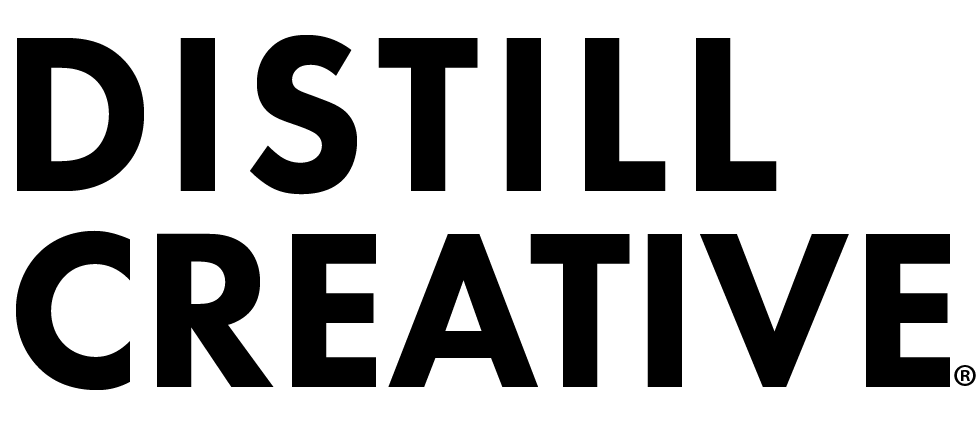Ingredient Insights: All About Apples
When I think of apple juice, my mind immediately goes to the apple-shaped glass bottles of my youth. Martinelli’s apple juice, as well as their sparkling cider that was available at special events, but that memory is as fuzzy as the drink is supposed to be fizzy. I discovered unpasteurized apple cider at the farmers’ market in college, sold frozen and by the gallon (back when I still pretended I was eating healthy). Imagine my confusion when I moved to France, and everyone there loved their cider as well as their Calvados.
So when it came to recipe development for our Apple Cider Old Fashioned, I definitely needed some clarification, so here it is: definitions and semantics about whatever apple beverage you may be drinking this fall.
Apple Cider
In the US, cider comes before the juice. It’s essentially the first pressing of the apple, the “juice” of the fruit. It’s usually unfiltered, giving off a cloudy look, as well as unpasteurized. For those two reasons, it’s got a very short shelf life, and explains why mine was sold frozen. Fresh from the farm and in-season is best, so pick some up at your next farmers' market jaunt. If cider is left for too long, it will start to ferment, which may or may not be a bad thing, but we’ll get to that.
Apple Juice
Apple juice is filtered, pasteurized, and usually bottled apple cider. Sometimes it’s concentrated, reconstituted, but in whatever form you find it in the grocery or school lunch, this is what we know of as apple juice. Note that in most of the world, there is no distinction between unfiltered cider and filtered juice; they are both known as juice. Cider generally refers to the alcoholic beverage.
Hard Cider
At some point in history, someone left apple juice in the open, and some natural yeast found its way to all that tasty sugar. The result was a fermented beverage with an alcoholic content of around 4.5%, similar to beer. Many countries have their own cider traditions, like the French, who make both sweet and dry cider, both of which are usually sparkling. Real sparkling cider (unlike Martinelli’s, which is just carbonated apple juice) made in a champagne style offer a much more effervescent effect, and can be found in similar bottles with corks.
Apple Wine
This may be a revelation, but fruits other than grapes can be made into wine. Apple wines exist, but the internet seems to want you to make your own instead! Note that as it’s more like wine, it’s still instead of sparkling. While German apfelwein translates to “apple wine,” it’s actually another alcoholic beverage tradition, and more like a stronger cider than wine.
Apple Brandy
All spirits started life as a low alcohol beverage, until someone got the brilliant idea to distill it and make it stronger. By distilling hard cider twice, the French in Normandy created one of their signature liquors, Calvados, which is about 40% alcohol. In colonial America, the resulting distilled liquor from hard cider is known as Applejack, with a similar alcohol content. Don’t confuse the two; the different apples and methods make them two very different !
We love all types of apple-made juice/cider/wine, but we LOVE misfit juicery’s Far From the Tree - not only because it’s local and delicious, but because it’s made with all the little misfit fruits and veggies that get rejected from your grocery store, helping to solve our huge food waste problem. We’ll be using their yummy apple/lemon/mint juice in our cocktail for next week’s workshop at WeWork.
Now that you’ve got a bushel’s worth of apple info, what will you be drinking this fall?



